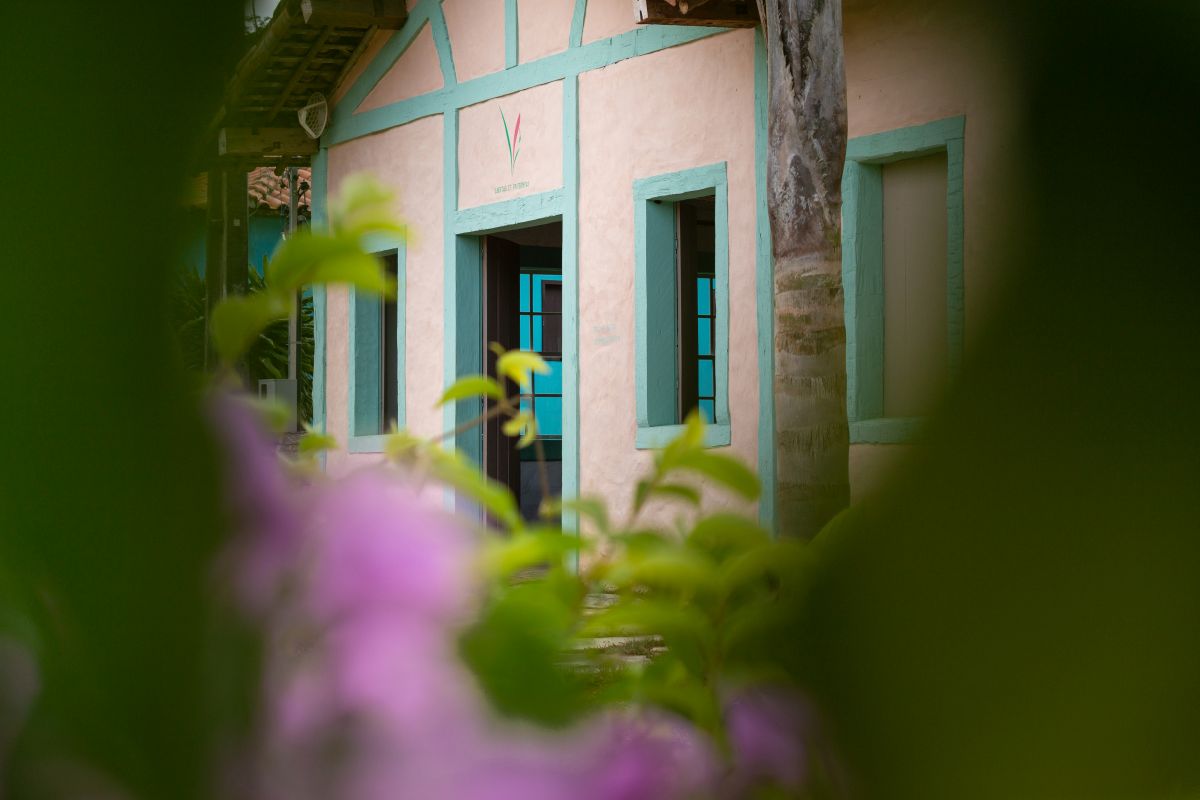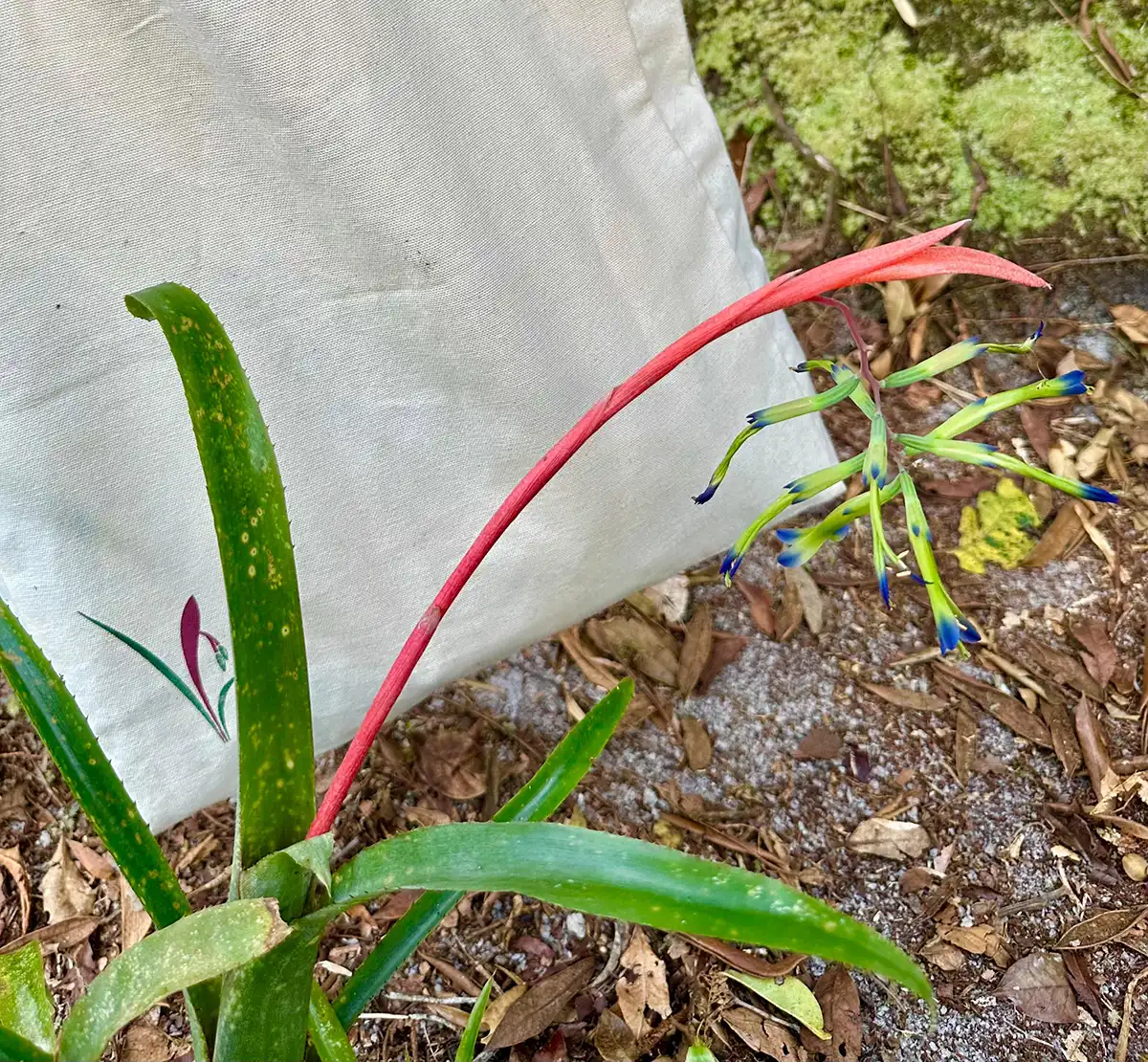Everyone who hears about Vila Mogol immediately wonders where the peculiar name comes from. The small town, located in the municipality of Lima Duarte (MG), has stories dating back to the 18th century, when the region was still at the height of gold mining. Its name, however, remains shrouded in mystery.
It is most likely that Mogol inherited its name from the Grão-Mogol RiverThe river, which rises within the boundaries of the Ibitipoca State Park, flows into the Rio do Peixe.
But why was the river named after him? Although there are no definitive records, there is a curious hypothesis: the name may be a reference to the Mogul Empirethe dynasty that ruled much of the Indian subcontinent between the 16th and 19th centuries. In colonial times, it was common for foreign and exotic names to be used to baptize places, either because of the influence of the Portuguese colonizers or because of a mere fascination with distant lands. Thus, it is possible that the Grão-Mogol River received this name, which in turn gave rise to the name of the town.
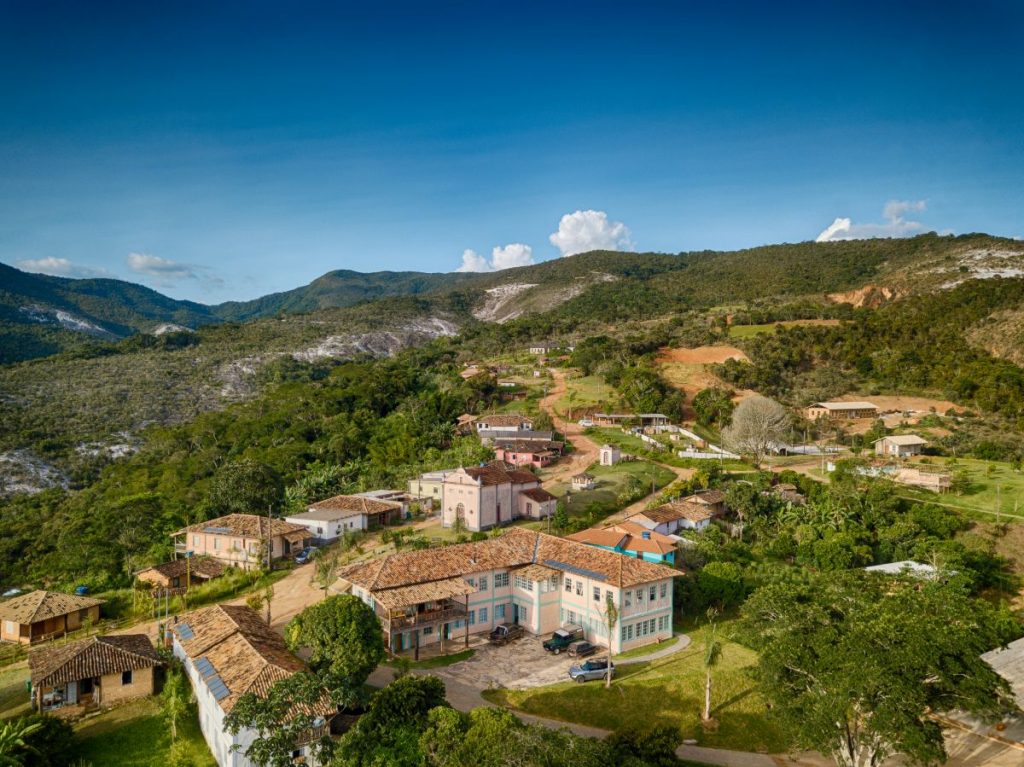
Vila Mogol stands the test of time
Mogol was born out of mining, but like so many other towns of the period, it was almost abandoned as time went by and economic activities changed. Its first houses were built around 1780, and the region was even described in historical documents, such as the report by Corporal José Delgado Motta.
However, over the centuries, with no opportunities for young people, the village came to have fewer than ten residents. The documentary "Droba pra lá", by Felipe Scaldini (2012), portrays this period of discouragement, showing the few inhabitants who still resisted the rural exodus.
In recent years, Mogol has begun to be revitalized. Since 2017, a movement to buy and restore houses has brought new life to the village, which is home to the Ibiti Village - one of Ibiti Projeto's lodging concepts, in which you can live the experience of "living" in one of the little houses with all the comfort and coziness and interact with the community.
Relationships with local residents were built up with respect and closeness, and today most of them have direct ties with Ibiti Projeto. One example is Seu Nilo (Antônio Nilo), born and raised in the region. Known as the "guardian of Mogol", he takes loving care of every garden and flowerbed that embellishes the site.
In general, the village is quiet, with around 25 residents - more than 40 if you count the surrounding areas, such as Baixo Mogol, Colônia, Grotão and Tapera, as well as the employees who come from outside to work at Ibiti. But there are times when the quiet routine gives way to movement and festivities: mass days (on the last Sunday of the month) and popular celebrations.
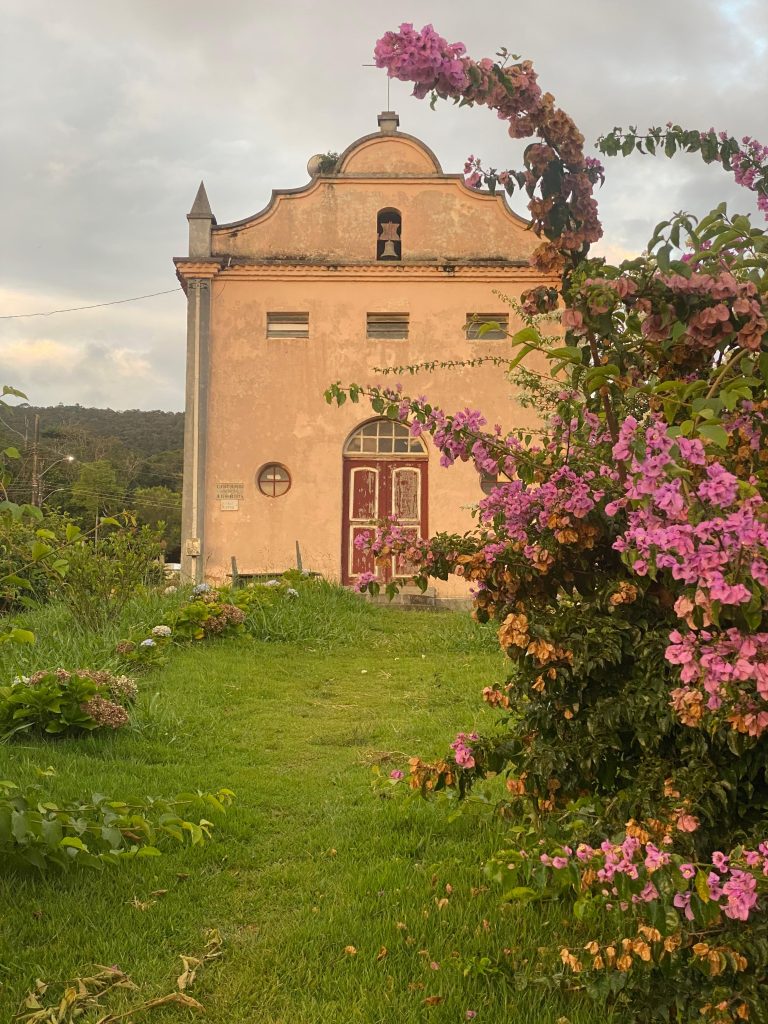
The faith that unites the community
In the center of the village, the Church of Our Lady of Remedies stands out as a historical and religious landmark. Built in the 18th century as a small chapel, it was enlarged over time.
In 1885, Mr. Francisco Antônio de Paula rebuilt the original chapel and, in 1917, Antônio José Rodrigues carried out a major renovation, financed by donations from the community and the sale of land. He also incorporated an area of approximately eight hectares, donated by Chico Marculino, into the church's assets.
In addition to its simple and charming colonial architecture, the church has a curious legend. It is said that a wanderer arrived in Mogol carrying a stone image of Our Lady of Remedies. He used it to beg, going from house to house. Antônio José Rodrigues acquired the image and started a fundraising campaign to renovate the church, making the saint the main object of devotion in the village.
Today, the church retains its main altar and two side altars dedicated to St. Sebastian and Our Lady of Fatima. The wooden altars, painted in blue and white, reveal valuable craftsmanship, mixing colonial, Moorish and Roman influences.
Listed by the Lima Duarte Municipal Cultural Heritage Deliberative Council in 1998, the church and its collection - including sacred images, implements and documents - are preserved as part of the local identity.
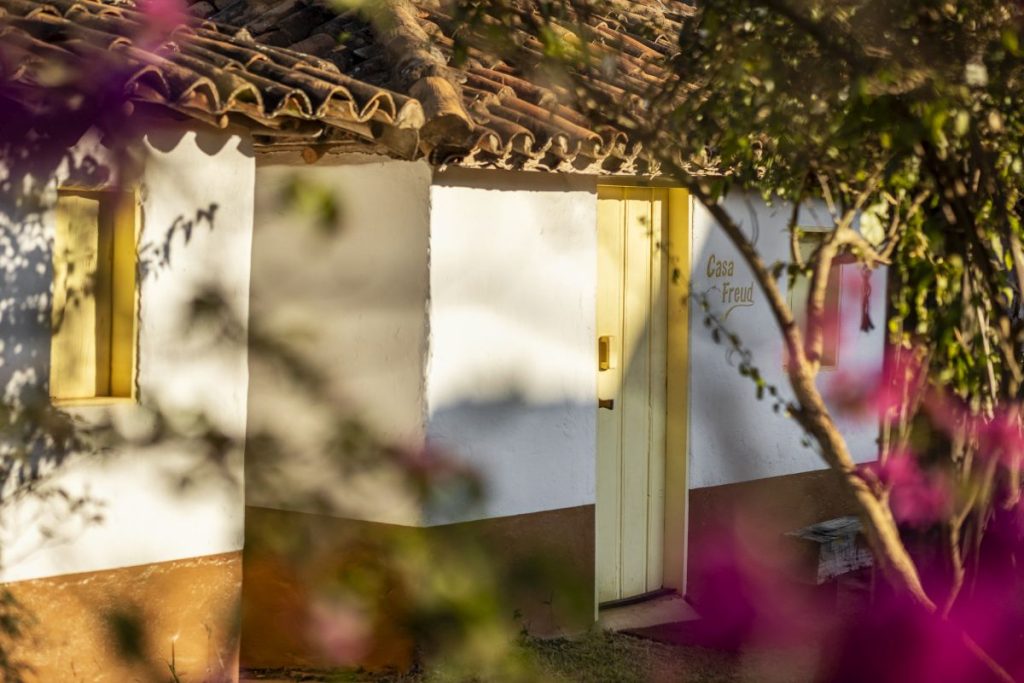
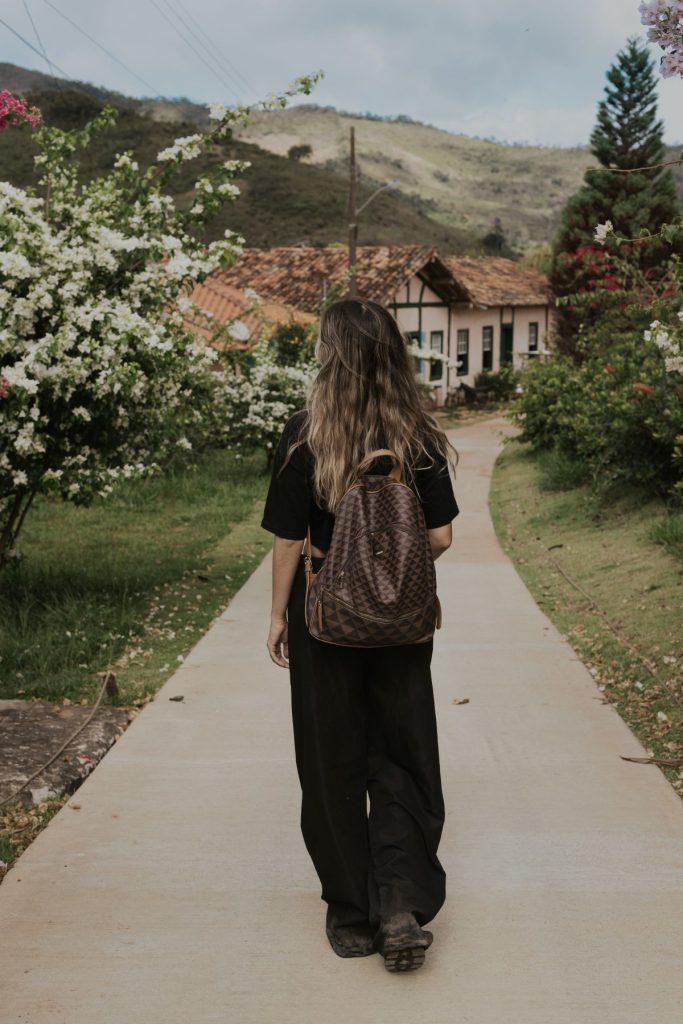
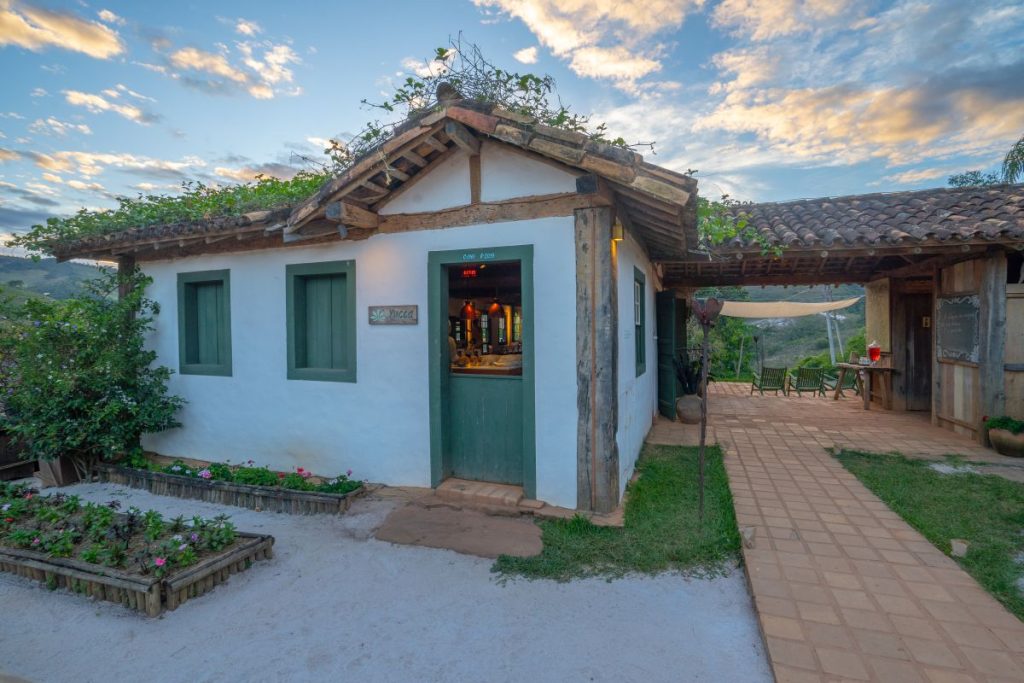
Tradition and belonging
Mogol may be small, but its strength comes from faith and stories that have stood the test of time. Among the residents, Mr. Miguel, the village's benzedor, keeps the tradition of cures and blessings alive, just as he learned from his father.
"I bless with the rosary. People come from outside, children come, people from the village... Mogol is cool, it's important. There are lots of people. It's even livened up the place."
At 67, he still remembers the days when he used to carry firewood and raise pigs. Today, he lives alone in the little pink house next to the Casa Freud hostel, but is visited by his brother Zé Dica and his relatives, who live next door. In his backyard, he grows cabbage and onions.
In Mogol, life goes on at its own pace. A village reborn, recovering its roots and its essence.
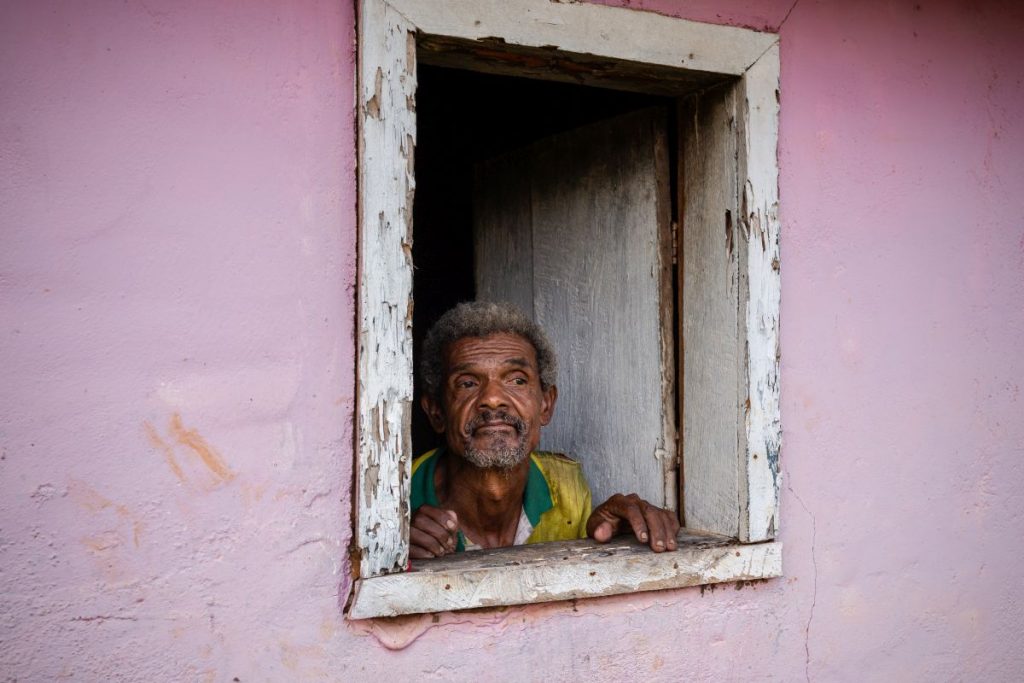
Reservation Center: (32) 98449-2200
Find out more:
